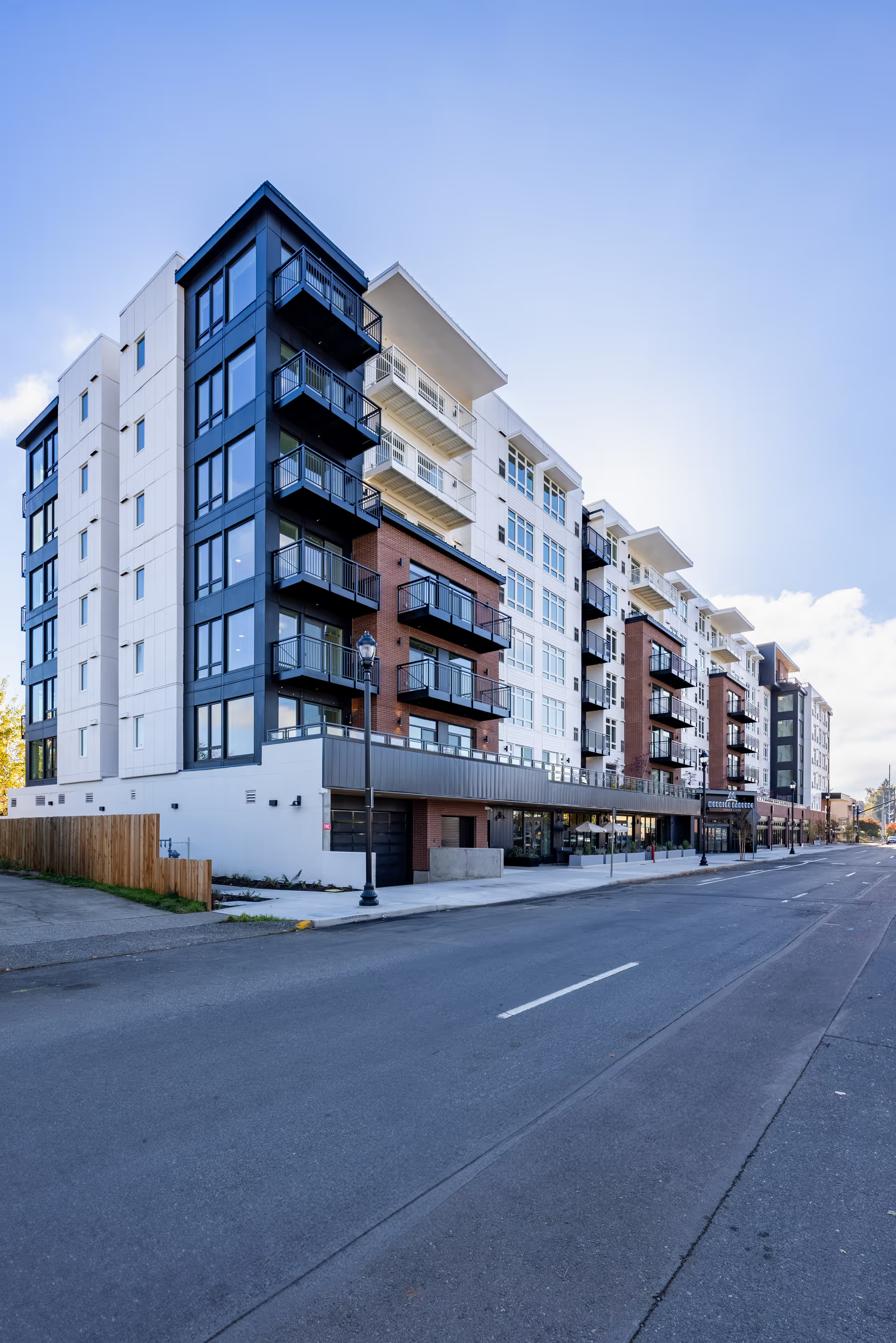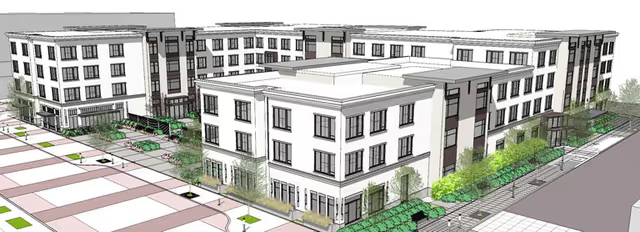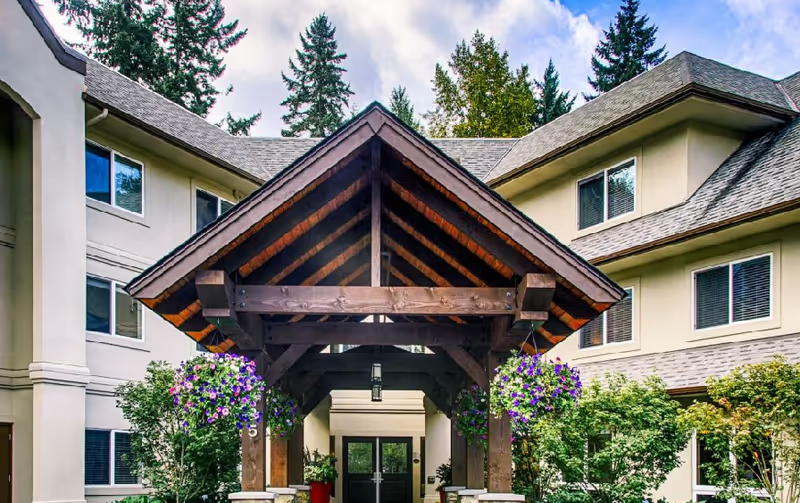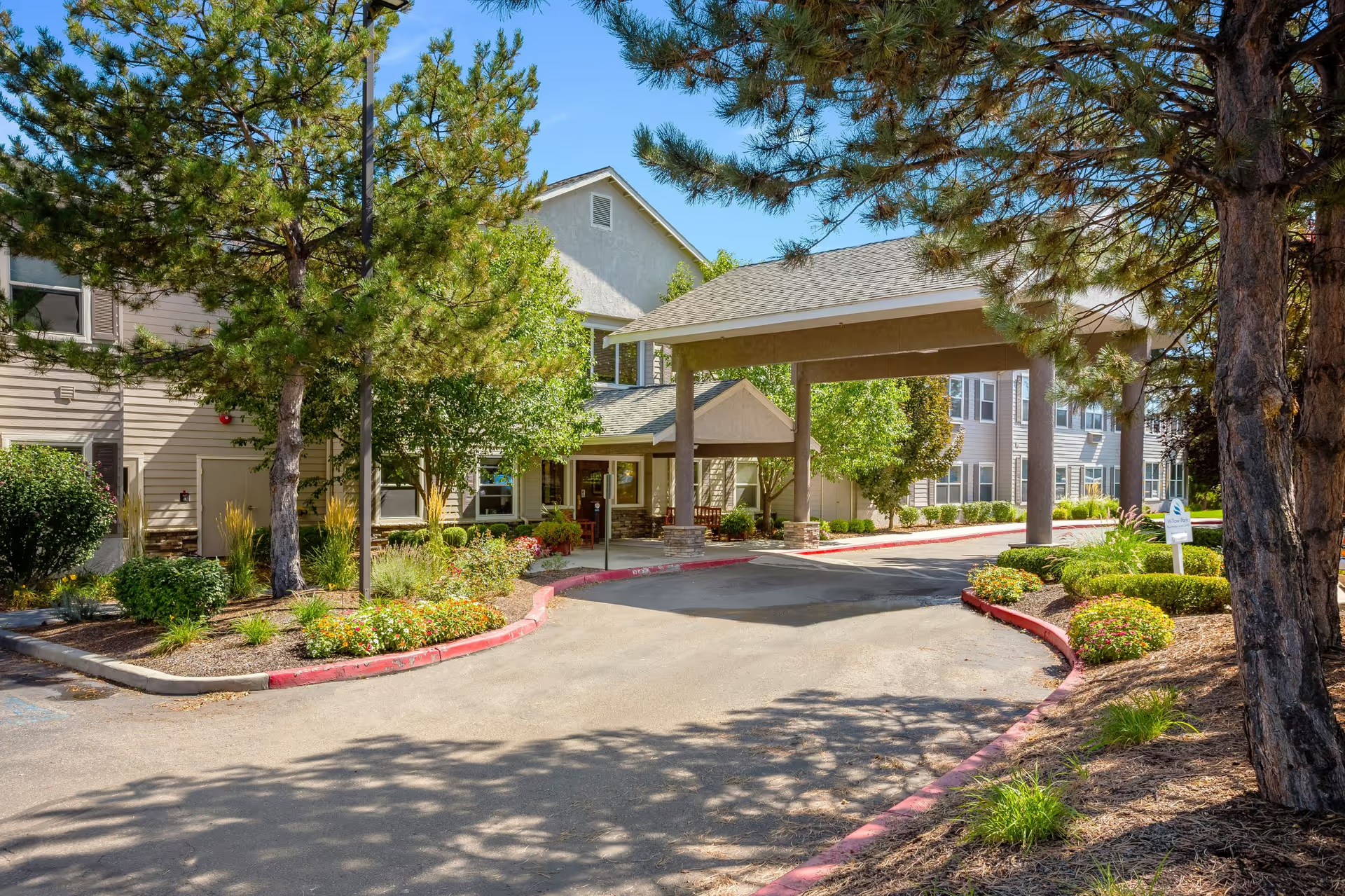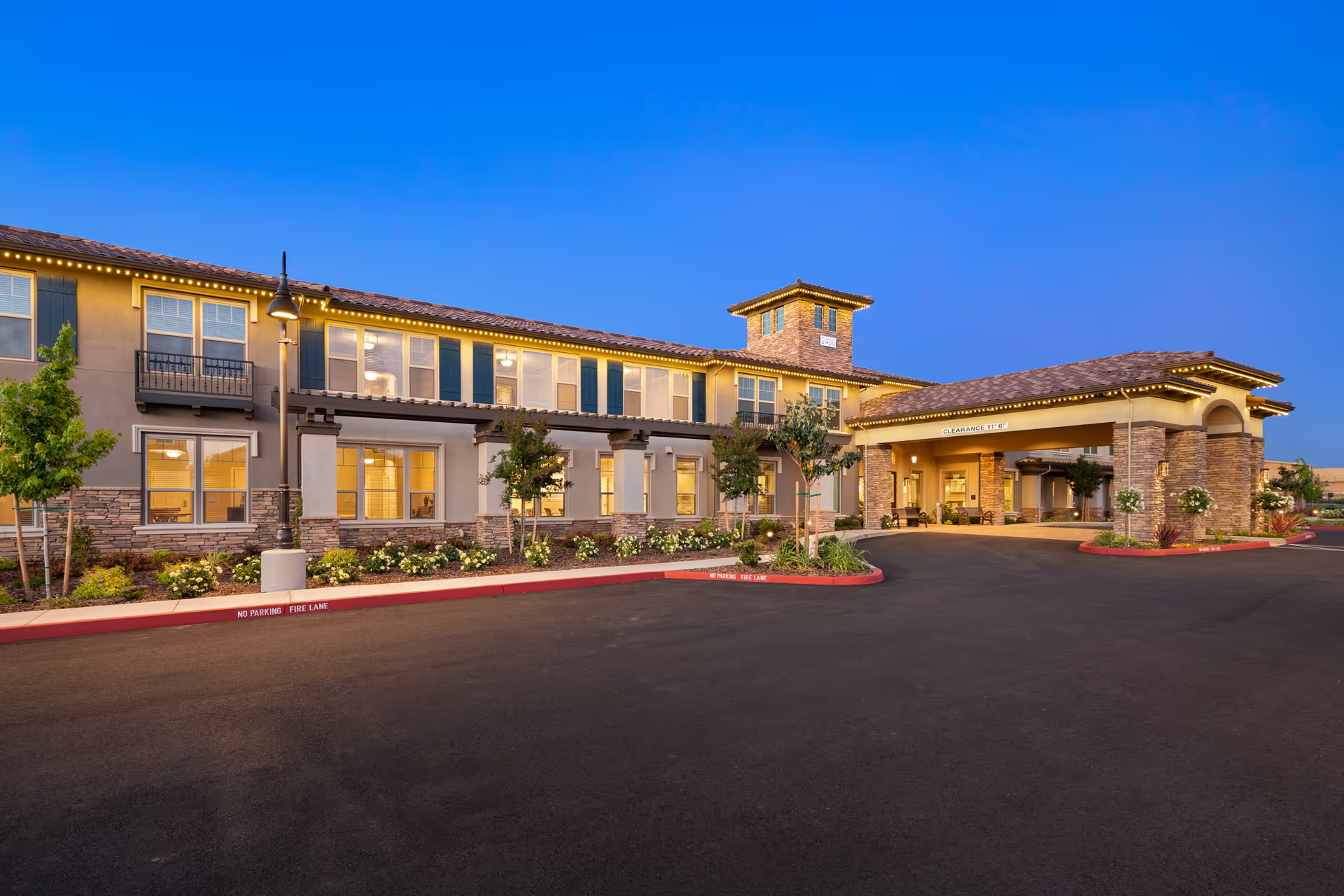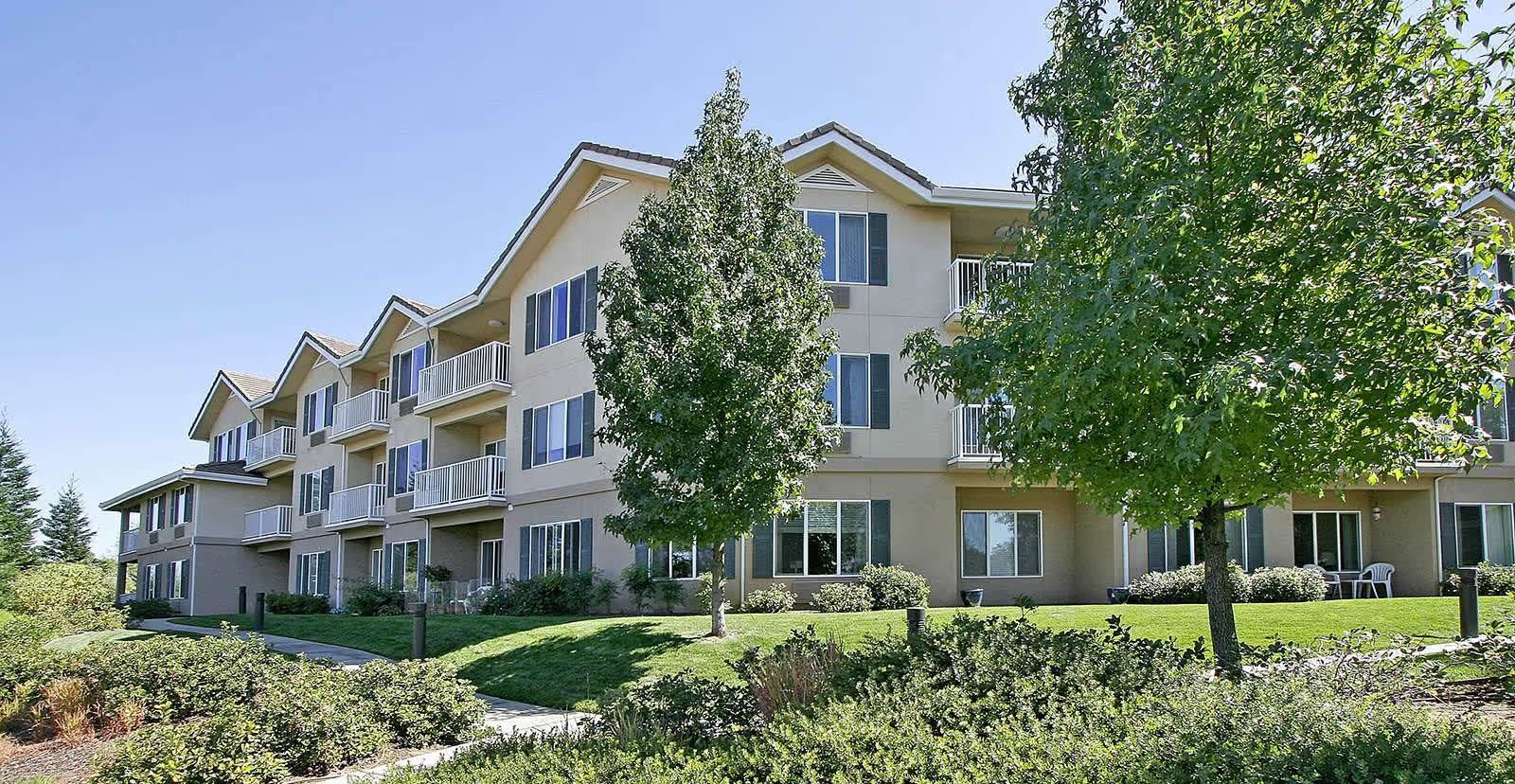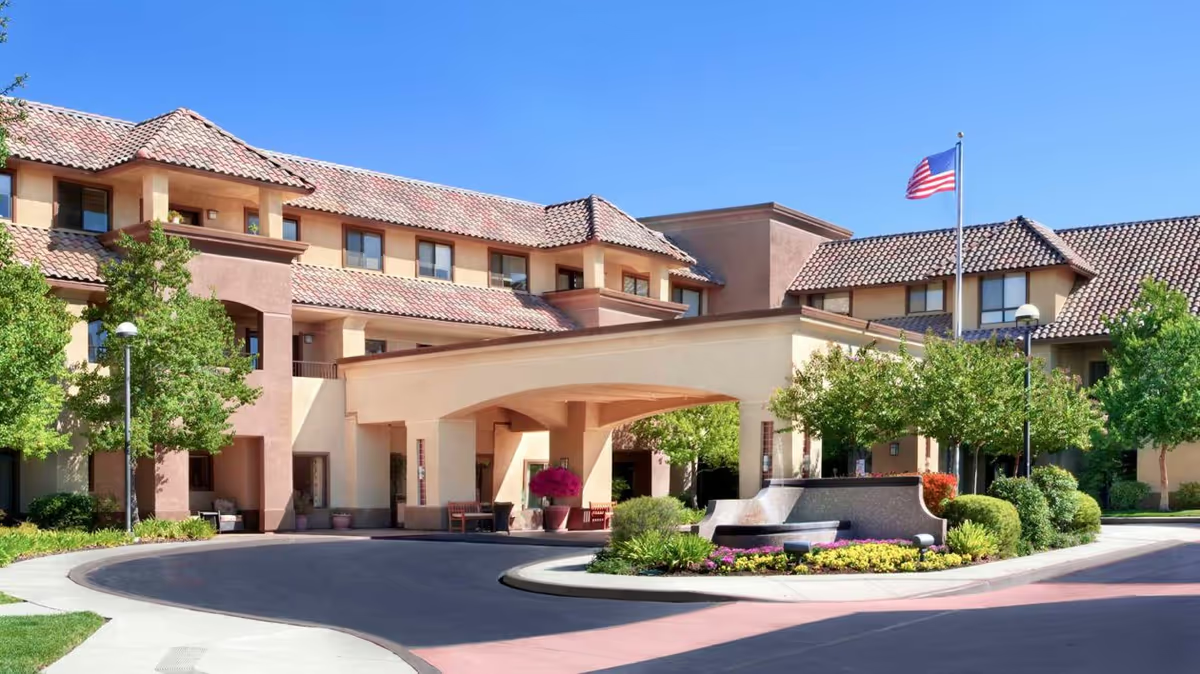Overall sentiment is mixed but strongly polarized: a substantial set of reviewers describe Avamere at Chestnut Lane as a caring, welcoming, and high-quality community — particularly notable for its inclusive approach to DeafBlind residents, attentive direct-care staff, good food, and strong resident camaraderie. Multiple reviewers praised specific staff members and named staff (e.g., Renee, Kellee) for being especially attentive. The facility is characterized by many as safe, pet-friendly, and offering meaningful activities (crafts, bingo) with opportunities for residents to provide weekly input on menus and activities. Dining is repeatedly mentioned as a strength, with a chef and favorable meal experiences and invitations to dine in the community dining room viewed positively. The virtual tour and website leave a favorable impression for many prospective families.
However, an important and recurrent thread in the reviews is inconsistency in execution and staffing. Several reviewers reported serious operational failures: long waits, misrecorded no-shows, poor transport coordination (resulting in hunger for some residents), and at least one report of medication not being administered. Communication challenges were also raised, particularly around interpreter usage, which can be critical given the facility's DeafBlind population. These are not isolated small complaints; they reflect lapses in processes that directly affect resident well-being and safety.
Staffing and workplace culture emerge as a major dividing issue. Many reviews praise staff as warm, helpful, and genuinely caring; others describe a mixed staffing picture, with some employees appearing to "work for a paycheck," poor staff accountability, and instances of favoritism or conflict of interest. Several reviews mention a hostile work environment, high turnover, persistent understaffing, and mandatory overtime — conditions that can quickly degrade care quality and consistency. There are also serious allegations from at least one reviewer about false accusations, police involvement, and suspected racial bias, which raise concerns about incident handling, fairness, and internal reporting processes.
Facility maintenance and amenities receive mixed feedback. On the positive side, reviewers consistently note the overall appearance is attractive and the community layout supports social engagement. On the negative side, there are multiple mentions of cleaning and upkeep issues: stained carpets, urine odors on some floors, and smoking near the entrance. Fitness amenities are minimal (reports of only two machines in a workout room), and some visitors find the dining area too large or impersonal. Additionally, a few practical onboarding concerns were raised, such as the absence of a welcome packet for new residents.
The review set also highlights strengths specific to the DeafBlind community: reviewers emphasized inclusive care, staff competence with sign language and videophone interactions, and a culture described by some as a "welcoming home" for DeafBlind residents. This specialization is an important positive differentiator for families seeking services for sensory-impaired residents. Activity programming and resident engagement are repeatedly cited as strengths — many reviews highlight the "family" vibe among residents and frequent social offerings.
Notable patterns and recommendations for prospective families: reviews are polarized — many glowing testimonials coexist with serious operational and cultural complaints. The most frequent risk factors to probe further are staffing levels and turnover, medication and incident protocols, transportation coordination, interpreter/communication policies, cleaning and maintenance routines, and how the community handles complaints and allegations (including racial bias concerns). When touring, ask to see staffing ratios, the current activity calendar, sample menus, maintenance logs, incident reporting procedures, and how newcomers are onboarded (welcome packet). Also inquire specifically about transport arrangements and how they verify ride confirmations to avoid misrecorded no-shows. Given the split in experiences, an in-person tour combined with interviews of multiple staff and residents will provide the clearest sense of whether the community currently operates more like the highly praised accounts or reflects the more concerning reports.
